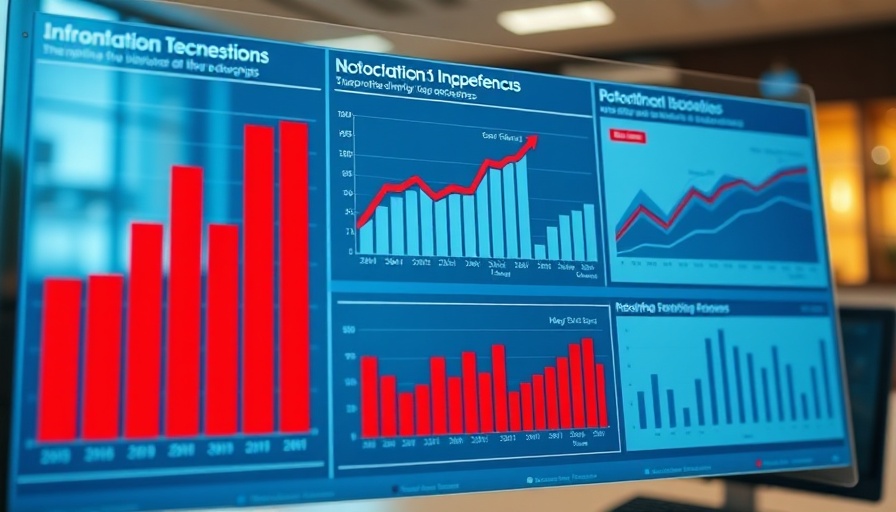
Understanding the Downsides of Solar Energy Perception
Despite the growing advocacy for renewable energy, solar power still grapples with negative perceptions, especially among those living near large-scale solar projects. A Reddit discussion raised several concerns regarding the reputation of solar energy, from overselling benefits to the potential negative impacts they may have on local communities. However, a broader analysis reveals that while negative sentiments exist, particularly around larger projects, the reality is more nuanced.
Survey Insights on Solar Attitudes
Recent surveys conducted by the Lawrence Berkeley National Laboratory provide a more grounded view of public sentiment towards large-scale solar (LSS) developments. Interestingly, among residents living within three miles of LSS projects, a favorable attitude was reported by nearly 43% of the respondents. This positive sentiment contrasts sharply with the 15% who reported negative feelings about such developments. Notably, while smaller LSS projects experienced positive feedback, larger developments of over 100 megawatts faced significant pushback, with negative sentiments outweighing positive ones by a staggering 12 to 1.
Factors Influencing Negative Perspectives
The survey's focus on community attitudes highlights critical aspects influencing perceptions of solar developments. Major concerns stem from aesthetic impacts, land use issues, and a lack of transparency in the planning process. Residents frequently expressed worries about how these enormous structures might disrupt local environments and alter community landscapes. The survey revealed that nearly one-third of respondents were not even aware of the solar projects before they began construction, indicating a disconnect in community engagement and transparency.
Trust & Information Sources Matter
The significance of trusted information sources emerged strongly from the survey data. Many residents place their trust in local community organizations and individuals who live near existing solar projects, while solar developers and local government officials are viewed with skepticism. This discrepancy emphasizes the essential role local entities play in educating the public and fostering genuine dialogue about solar developments.
Building Better Community Relations
To bridge the gap between solar developers and local communities, meaningful engagement before, during, and after the construction of solar projects is crucial. Establishing trustworthy lines of communication might alleviate fears and foster deeper acceptance of solar energy initiatives. Engaging community members as active participants in the development conversations can pave the way for smarter project siting that respects local needs and caters to environmental concerns.
The Future of Solar Energy in Communities
As solar energy continues to expand, there’s a clear need for adaptive strategies that consider local sentiments and address concerns surrounding large-scale solar installations. This involves not just better engagement strategies, but also employing best practices that prioritize solar installations on disturbed lands, such as landfills and degraded lands rather than pristine agricultural or forested areas.
Moreover, as the shift toward renewable energy accelerates, the role of smaller-scale solar projects should be recognized and potentially prioritized in discussions, as these tend to attract far more favorable views from the communities they inhabit.
Call to Action: Get Involved in Your Local Solar Initiatives
With an ever-evolving landscape of renewable energy, it’s essential for community members to engage actively with solar developers and local government officials. Share opinions, ask questions and participate in local discussions to ensure that your voice is heard in the shaping of solar policies. Your engagement could help influence how these projects are developed in a way that balances energy needs with community values.
 Add Row
Add Row  Add
Add 



Write A Comment